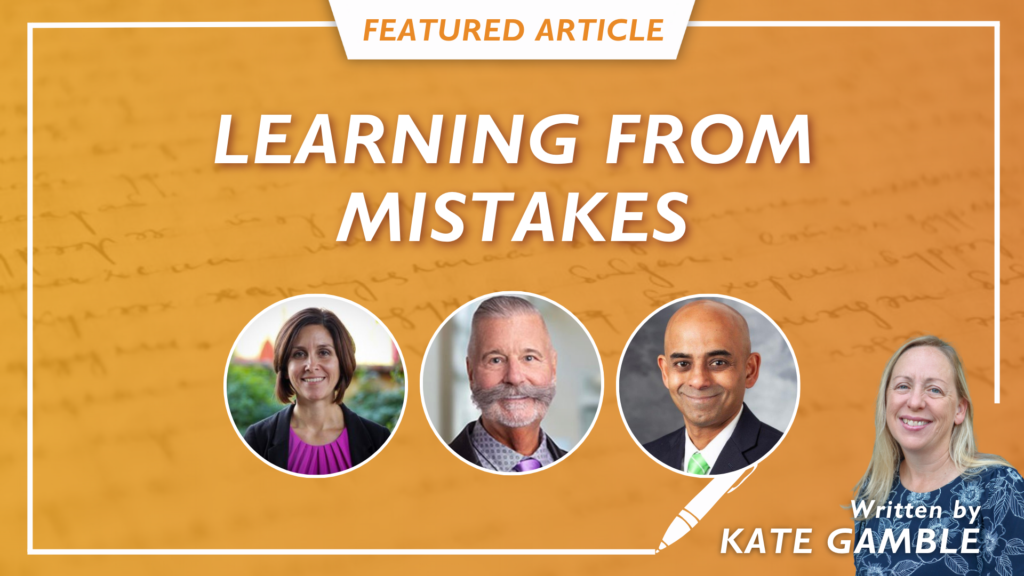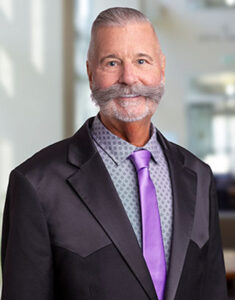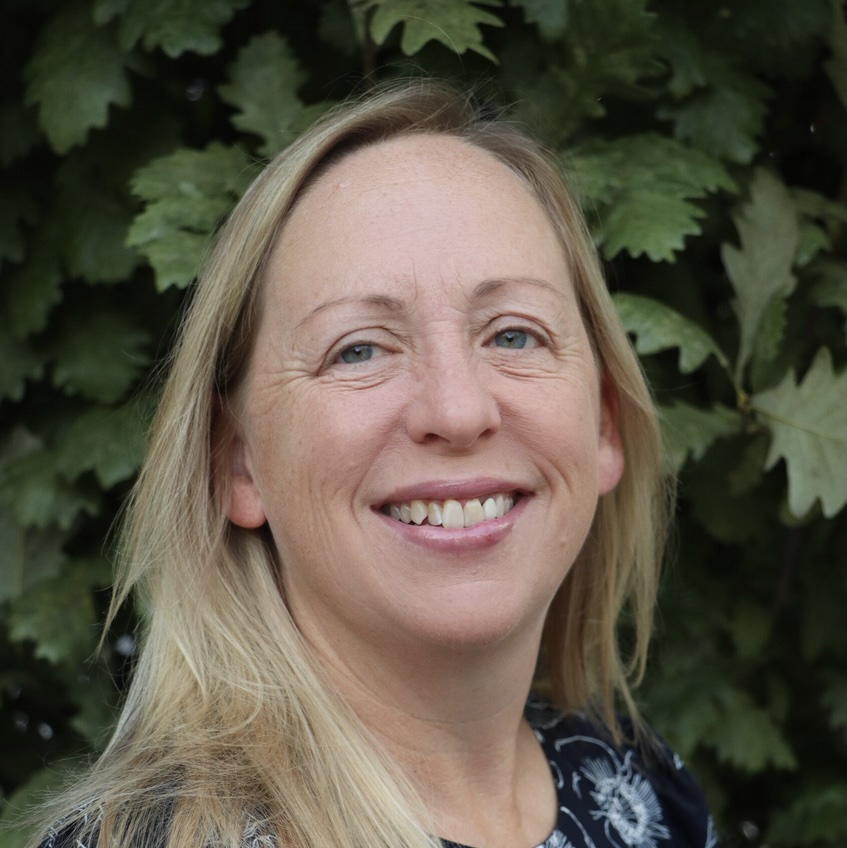
“It’s an exciting time to be in healthcare,” said Chuck Podesta, CIO at Renown Health. And more specifically, it’s an exciting time to be in a leadership role.
But as Podesta – along with Jeri Koester, Chero Goswami, and countless others – can attest, it isn’t without its challenges. What separates successful leaders is the ability to capitalize on the obstacles they’ve faced. In this article, the aforementioned leaders shared perspectives from their own journeys on how they were able to learn from mistakes and build off of successes en route to the C-suite.

Jeri Koester
One of the most important attributes of leadership is the ability to recognize when a strategy isn’t working, and pivot – as efficiently as possible. Jeri Koester learned that during the onset of Covid when both her job, and her kids’ school, became virtual.
The challenge came when her daughter started struggling with schoolwork (as many did with remote learning). By the time Koester was available to help, teachers were offline, leaving everyone feeling frustrated. “She was in tears, I was in tears, and I thought, ‘this isn’t working. This isn’t the mom she deserves,’” she said. “So we made an adjustment.”
Koester blocked out time on the calendar to help her daughter and make sure she understood the assignment. As she quickly learned, it wasn’t about putting in less time with her team, but rather, adjusting the schedule.
“I remember thinking, ‘why am I not doing this all the time? Let me be the mom I want to be and support my daughter in a way that she needs to be supported, while supporting my organization and be the leader I needed to be,’” she noted. “It was just a couple of different breaks in the day.”
And although schools and offices have transitioned back to in-person models (or at least hybrid), the lessons learned during the lockdown continue to guide Koester in her role as Chief Information and Digital Officer at Marshfield Clinic Health System, particularly given the blurred line between home and work.
In fact, she believes that blending the two can help individuals more effectively manage tasks, which can be empowering. “You will always be asked and demanded more than what you can give; that’s going to happen,” she said, advising others to carve out time for priorities and be transparent.
“My calendar represents not only what I have to do for work, but it also gives people visibility as to the non-negotiable things in my life that are important,” whether it’s a class at the gym, or her son’s basketball game. This way, “people can see that this time is important to me.”
Blocking out times, she believes, is a key aspect of time management. “I’m very judicious about my calendar, and I don’t apologize for that,” Koester stated. “I’m building in space for my family and for me in order for me to be the best when I’m here.”
And as the industry continues to evolve – and expectations continue to mount – doing so is becoming critical. “At some point, you have to fill your cup. If you’re not taking care of your mental and physical well being, you’ll drain yourself. And when you drain yourself, you are not at your best, especially from a leader’s perspective.”
 To Chuck Podesta, perhaps the most egregious mistake a CIO can make is to focus their energies – and resources – on headline grabbing initiatives. “Unless you’re the CIO of Stanford Medicine or Cleveland Clinic, you can’t be going after those shiny, bright objects,” he said. Instead, “stick to the knitting and the organization.”
To Chuck Podesta, perhaps the most egregious mistake a CIO can make is to focus their energies – and resources – on headline grabbing initiatives. “Unless you’re the CIO of Stanford Medicine or Cleveland Clinic, you can’t be going after those shiny, bright objects,” he said. Instead, “stick to the knitting and the organization.”
It was a lesson he learned early in his career, when he accepted a role as interim CIO at Baystate Health. His instructions were simple: “Keep the lid on,” which he did. And although he didn’t get the nod for the full-time position with that organization, another (Berkshire Health System) soon came calling, naming him as their first CIO.
But Podesta never forgot that advice; he was able to put it into practice when he arrived at Renown in 2021 and quickly realized that the IT shop desperately needed an overhaul. “We were at 7 percent of total OpEx; you should be somewhere around 4 percent,” he noted. His team was eventually able to reach that goal, but it took 18 months and a lot of work, starting with application rationalization. They also eliminated a few management positions, which turned out to be a morale-booster among the staff. As a result, the organization “is in a much better place,” and is positioned for growth.
Although what he did “isn’t flashy or sexy in any way, shape, or form,” it was “work that needed to get done,” Podesta added. “And while you’re doing that, you’re building the culture and improving customer service and employee engagement.”
Part of building and maintaining a positive culture, he has learned, is in resisting the urge to react to negative events – which have become unavoidable. “With ransomware and everything else, a CIO has to be comfortable with complexity,” Podesta said, adding that it was something he struggled with earlier in his career. “When we had a downtime, for instance, I was freaking out just like everybody else. But you can’t do that, because they’re all looking at you.”
And while mastering these types of situations takes time and experience, the process can be accelerated by connecting with mentors, he noted, citing a former leader who invited him into strategic planning discussions. “I learned a lot by watching him and being involved in things at a pace that I could understand.”
Having spent three decades in the industry, Podesta has absorbed a great deal of knowledge. And although the technology itself has evolved significantly, especially in recent years, the core tenets of leadership have not changed. “That has not changed at all. People are still people, and the skills needed to lead them are the same,” he said. “And even without understanding the technology, you can still lead a successful team. That's one of the biggest things I’ve learned.”

Chero Goswami
There are quite a few misconceptions regarding change management, from why it’s so critical to what it entails. And in an industry like healthcare that’s rife with change, that can be a recipe for disaster, according to Chero Goswami, CIO at University of Wisconsin Health System. “Change management is often confused with communication, which is seen as a combination of PowerPoint presentations and email messages,” he said. In reality, it’s understanding what changes are being made and how they’ll impact stakeholders. It's also about “helping people understand what to do when the plan doesn’t work,” which isn’t a rare occurrence in the hospital setting, especially the ED.
From the leader’s standpoint, change management is about incorporating discipline to ensure all decisions support the organization’s overall mission to improve care delivery. “And if that means providers have to click three extra buttons, so be it, he said. “It’s going to get harder before it gets easier.”
That was the case at BJC Healthcare, where he helped lead a project to centralize Epic across a system of hospitals and ambulatory practices varying in size and scope. One of the key insights he gathered during that time? “There’s no such thing as a technology project; it’s always a change management project.”
Another was the importance of rounding, which his mentor leveraged to help build buy-in around the Epic migration. “He would go around the organization championing this program and explaining to people why it is difficult to do, yet important to do,” said Goswami, who has become a big fan of rounding and spending time on the front lines.
In fact, he took it a step further by implementing “purposeful rounding,” which goes beyond simply observing and enables individuals to see firsthand how technology delays can affect care. “To me, it’s not even a task anymore; it’s become more than that.”
As someone who has been “very fortunate to have excellent mentors and coaches,” Goswami has made it a priority to pass that guidance along to the next generation. “We’re in the people business,” he said. To that end, his team has created a professional development program in which all directors are expected to mentor at least one team member. So far, it hasn’t been met with any resistance. “I’m yet to find a person who doesn’t find joy in doing it.”
It’s a testament to the both culture that has been built at UWHealth, and the growing sentiment across the industry around the criticality of growing future leaders. “It is incumbent on us,” said Goswami, who also believes it’s key to “meet people on their time and at their convenience.”
Finally, it’s important to bear in mind that mentoring isn’t designed to achieve immediate results, and it should never be self-serving. “The goal isn’t to help an individual get the next promotion; it’s to train the person to become a leader,” he said. “Good leaders count their followers on Facebook. Great leaders count how many other leaders they develop.”


Questions about the Podcast?
Contact us with any questions, requests, or comments about the show. We love hearing your feedback.

© Copyright 2024 Health Lyrics All rights reserved